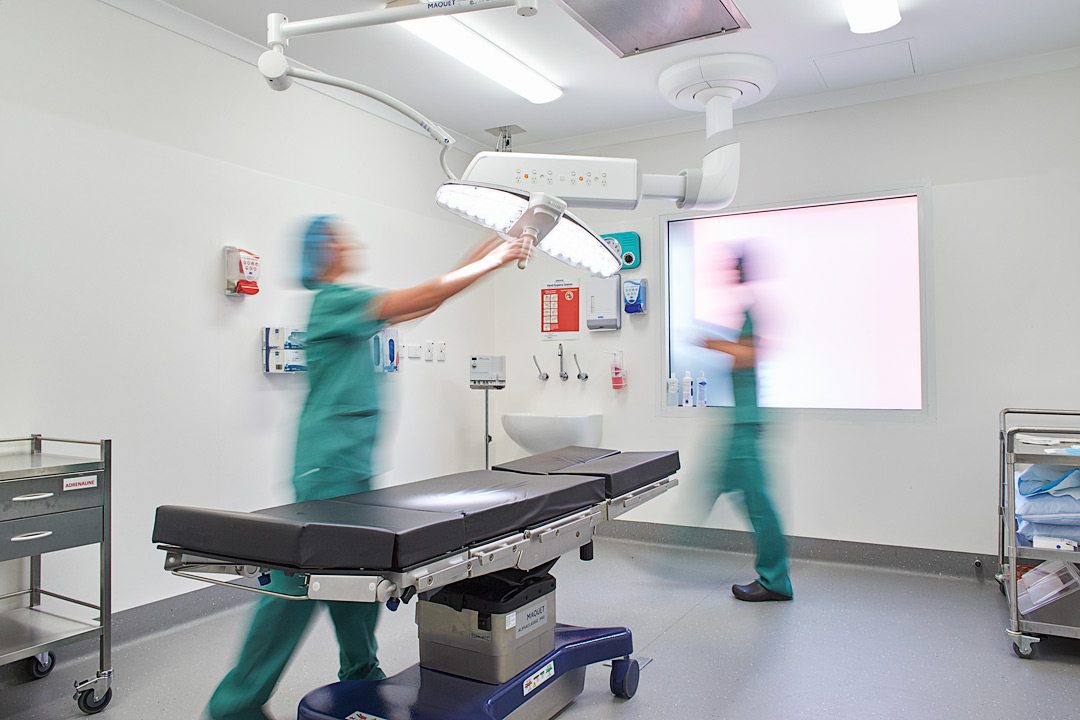Melanoma is a very common skin cancer in Australia.
Up to 1 in 13 Australians will be diagnosed with melanoma in their lifetime.
Fortunately a majority of melanomas are detected early – in situ melanoma – and carry a good prognosis.
Early detection remains the most important factor in melanoma survival.
Dermatologists are experts in clinical skin examination, dermoscopy and advanced imaging techniques for the early detection of melanoma.
The detection of an in situ melanoma requires wide local excision and ongoing skin examination/surveillance as directed by your doctor.
The detection of an invasive melanoma requires wide local excision +/- sentinel lymph node biopsy, depending on the characteristics of your melanoma (Breslow thickness and ulceration). Sentinel lymph node biopsy is a procedure performed by a surgeon under general anaesthesia. Further investigation with a whole body CT/PET scan is indicated in some cases also. Further treatment with surgery or oncology treatments (immunotherapy or targeted therapy) may also be required for some and occurs under the care of a Medical Oncologist. Some cases also require discussion at specialist multidisciplinary melanoma team meetings. Ongoing dermatological surveillance for skin examination and skin toxicity management from oncology treatment is required.





